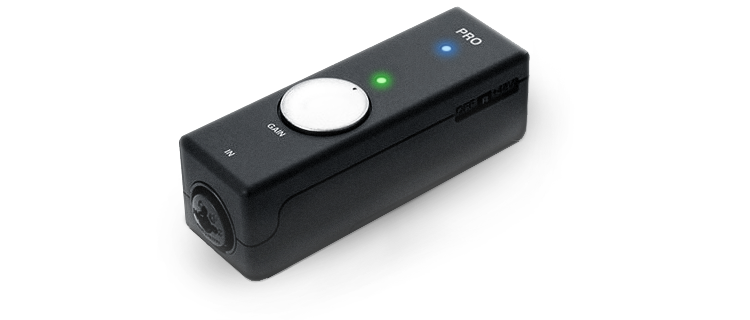Generally, a guitar connection to iOS device looks like this:
Let’s see how it’s done in detail.
Step 1 of 3
Get a guitar adapter
To connect a guitar, you need a special guitar adapter. The adapter turns guitar sound into a data that can be read by your iOS device.
There are two types of adapters: analog and digital. Analog uses a headphone jack for connection, while digital uses a lightning port. We recommend to get a digital device such as iRig Pro or Apogee Jam because they have a much better sound quality.

iPhone 7 owners: since there is no headphone jack in iPhone 7, get an adapter that uses lightning port for connection and has its own headphone jack.
Tonebridge supported devices: Alesis IO Dock, AmpKit Link, AmpKit Link HD, Apogee JAM, iRiffPort, iRig, iRig 2, iRig HD, iRig Pro, Line 6 Mobile In, Line 6 SonicPort.
Step 2 of 3
Сonnect adapter to iPhone
Use a connection guide that came with your adapter. Each adapter has its own connection scheme, but the general rule is to plug the device into a headphone jack or a lightning port.

If your adapter has a volume control, be sure it's not set to zero.
Step 3 of 3
Connect guitar to adapter
Use any guitar cable with 1/4" jack. For example, like this one:
Plug one end of the cable into your guitar, and the other end into the adapter.
That's it! Your guitar should be connected now, and you can start playing.